How Many Lumens Do Street Lights Produce?
Street lights are an essential part of our daily lives, providing illumination and safety on our roads and sidewalks. But have you ever wondered how much light these street lights actually produce? In this article, we will explore the world of lumens and discover just how much light our street lights are producing.
Outline:
I. Introduction
A. Explanation of street lights
B. Importance of street lights
II. What are lumens?
A. Definition of lumens
B. How lumens are measured
III. How many lumens do street lights produce?
A. Different types of street lights
B. Average lumens produced by each type
IV. Factors affecting lumens produced by street lights
A. Age of the street light
B. Maintenance of the street light
C. Surrounding environment
V. Importance of proper lumens in street lights
A. Safety on the roads
B. Energy efficiency
VI. Conclusion
A. Recap of key points
B. Final thoughts
VII. FAQs
A. How long do street lights last?
B. Can street lights be dimmed?
C. How much energy do street lights consume?
D. Are LED street lights more efficient?
E. How often should street lights be maintained?
Street lights are a common sight in our cities and towns, providing much-needed light during the night. But have you ever stopped to think about how much light these street lights actually produce? The answer lies in lumens.
What are lumens?
Lumens are a unit of measurement used to quantify the amount of light produced by a source. In simpler terms, it is a measure of the brightness of a light source. The higher the number of lumens, the brighter the light.
How many lumens do street lights produce?
The amount of lumens produced by street lights varies depending on the type of street light. The most common types of street lights are high-pressure sodium (HPS), metal halide (MH), and light-emitting diode (LED) lights.
On average, an HPS street light produces around 24,000 lumens, while an MH street light produces around 36,000 lumens. LED street lights, on the other hand, can produce anywhere from 10,000 to 100,000 lumens, depending on the wattage and design.
Factors affecting lumens produced by street lights
The amount of lumens produced by a street light can also be affected by various factors. The age of the street light is one such factor. As street lights age, their lumens output decreases, resulting in dimmer lights. Regular maintenance of street lights is crucial to ensure they are producing the required amount of lumens.
The surrounding environment can also affect the lumens produced by street lights. For example, if there are tall trees or buildings blocking the light, the lumens output will be reduced.
Importance of proper lumens in street lights
Having the right amount of lumens in street lights is crucial for various reasons. Firstly, it ensures safety on the roads. Brighter street lights provide better visibility, reducing the risk of accidents and crime.
Proper lumens also contribute to energy efficiency. Street lights that produce more lumens than necessary waste energy and increase electricity costs. On the other hand, street lights with insufficient lumens may not provide enough light, compromising safety.
In conclusion, street lights play a vital role in our daily lives, and the amount of lumens they produce is crucial for their effectiveness. Proper maintenance and choosing the right type of street light can ensure that our streets are well-lit and safe. So the next time you're out at night, take a moment to appreciate the lumens that are keeping you safe.
FAQs:
Q: How long do street lights last?
A: On average, street lights have a lifespan of 20-25 years.
Q: Can street lights be dimmed?
A: Yes, some street lights can be dimmed to save energy during off-peak hours.
Q: How much energy do street lights consume?
A: The energy consumption of street lights varies depending on the type and wattage, but on average, they consume around 40-100 watts per hour.
Q: Are LED street lights more efficient?
A: Yes, LED street lights are more energy-efficient and have a longer lifespan compared to traditional street lights.
Q: How often should street lights be maintained?
A: Street lights should be regularly maintained, at least once a year, to ensure they are producing the required amount of lumens.
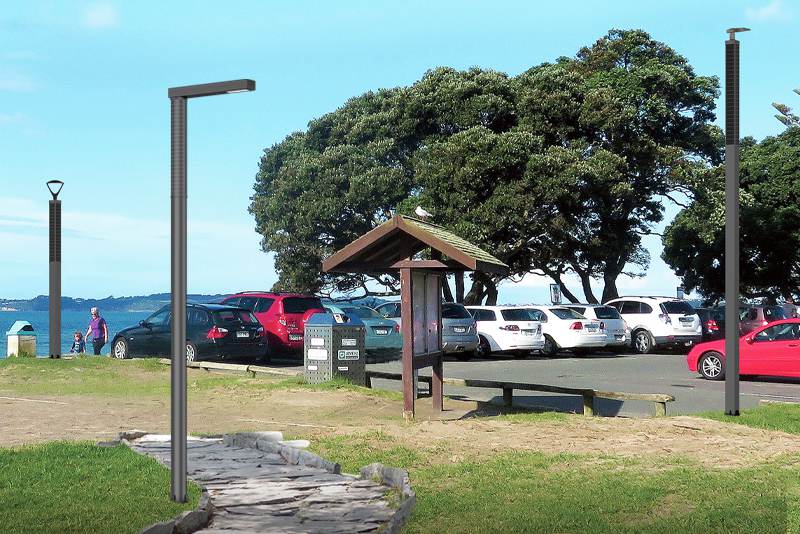
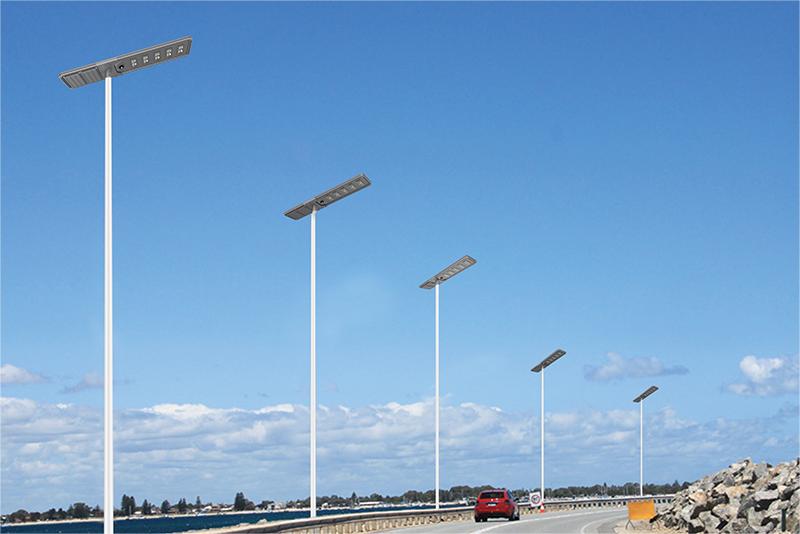
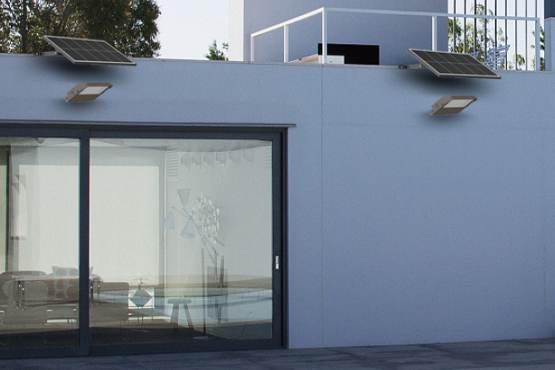
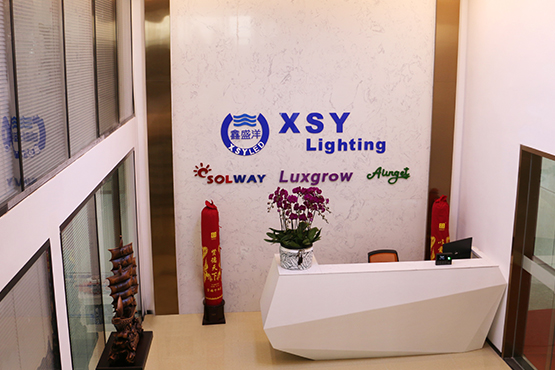


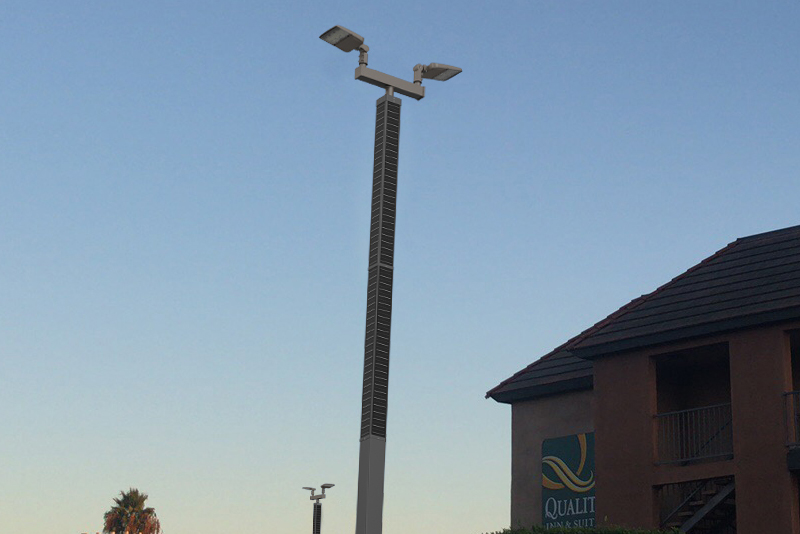
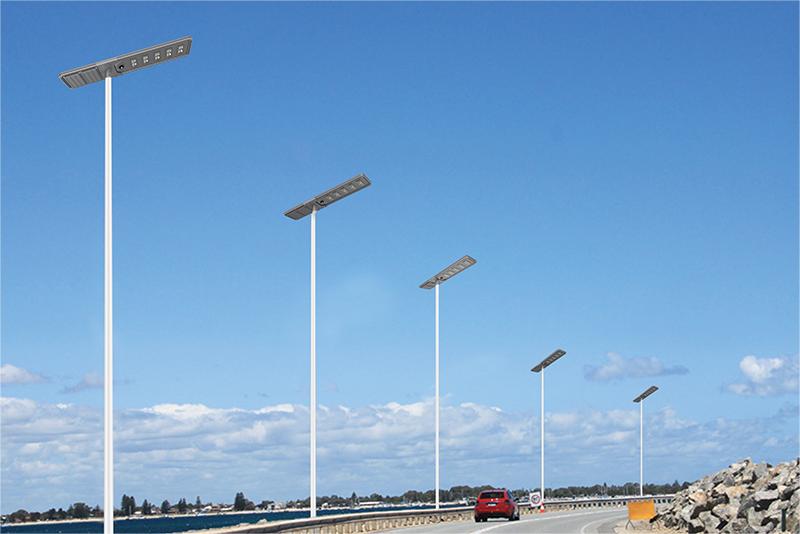
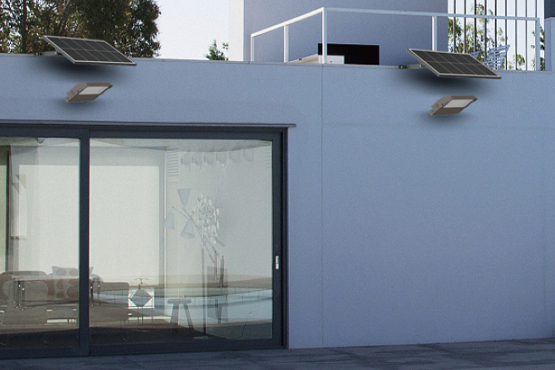






 English
English










 Consult Now
Consult Now





